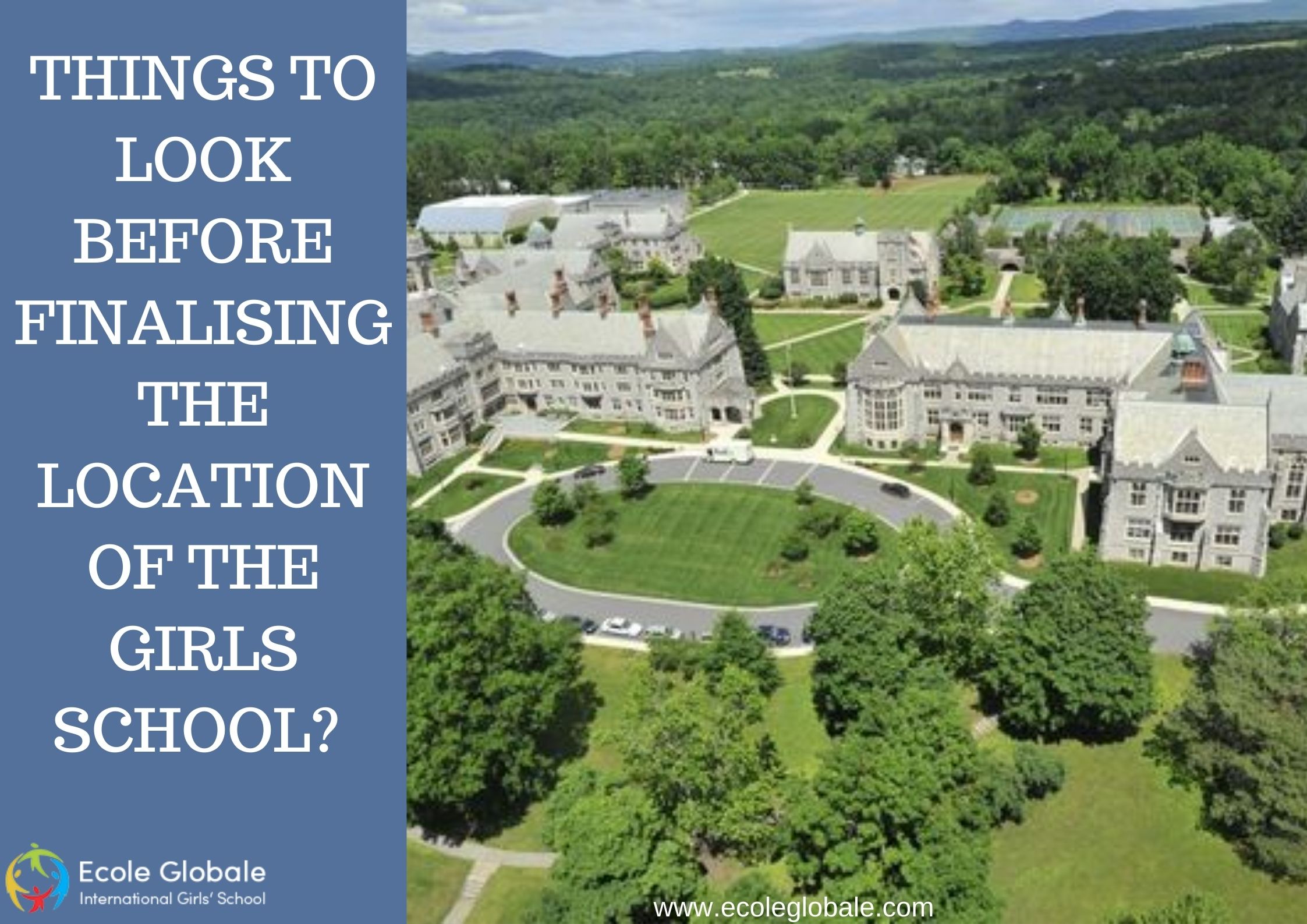Organizers interested in opening a school have had several options. The institution might be an elite boarding school and a day institution with a dormitory for pupils.
Each academic board, such as the CBSE, CISCE, provincial boards, and international bodies such as the IB and Cambridge, has a residential school system. Charities like Sri Aurobindo and Ramakrishna Mission administer schools with local students. And there are higher education institutions, which are formed for expatriate students and are recognized by their host governments’ education organizations. What is really noteworthy would be that boarding schools are not always extremely important for adolescent growth, though they’re also in a category from their own. Nearly every single school that shelters its kids strives to adhere to a specific philosophy that molds its students in accordance with the school’s essence.
Research scholars, while important, have equal precedence with the school’s goal at boarding schools. Sainik schools, Military schools, and the Rashtriya Indian Military College have had the goal of sending security personnel into the Indian Defense Forces; Navodaya Vidyalayas and Eklavya Model Residential Schools have the goal of uplifting the general public and bridging the metropolitan divide, and International Schools aspire to international standards and coordinate events like “Model United Nations” to that finish, and so forth. There really are elite boarding schools, exclusively boys and girls, as well as co-educational boarding schools with different housing for boys and girls.
Edupreneurs who want to open a private residential school should meet the high demands and criteria set by prestigious residential schools. Within those institutions, the amount of employee participation also with children is generally higher than that in day schools. In general, the student-teacher ratio is 1:12. It is critical to set a strong and social-economic relevant goal for the institution that justifies the apparent necessity for pupils to be accommodated 24 hours a day, seven days a week. It needs a purpose that expresses the contribution it will make by converting day scholars to boarders.
Given all other factors being equal, it is evident that now the space and infrastructure requirements for a residential school were several times greater (at least 15-20 acres) than with a day school. This entails a significantly larger expenditure, which necessitates a far more active and efficient strategy and ensures smooth.
It’s critical to comprehend the motivations and views of families who opt to send their kids to boarding schools, typically adolescents or perhaps even young kids. Parents feel that personal mentorship will instill control in young kids even while empowering them to make decisions on their own. The assumption of a welcoming, secure, and maturity level setting is unmistakable.
Individualized attention is much more possible in a residential school setting, which contributes to its appeal. When deciding whether or not to attend a boarding school, the level of the facilities and the availability of co-curricular and additional things are important considerations.
IMPORTANT ACTIONS TO TAKE WHILE STARTING A BOARDING SCHOOL
The boarding school business strategy and finances: The spending plan, brand recognition, and advertising would all be part of a residences school’s business strategy. The amount of money needed to start a boarding school that wants to be accredited later is significant. The expenditure might be in the range of Rs. 10 crores, based on the area, requirements, and size, among many other things.
Financial firms may potentially be able to help, but this would necessitate a well-written strategic plan and a project schedule report. For the research and construction of the system and similar events, school businessmen should use the experienced services of a reputable school consultancy business. A well-structured and strict recruiting approach is required. In a resident school setting, the distinction between non-academic and academic personnel begins to dissolve since instructors are required to supervise various elements of the everyday routine of the students.
CHOOSING A LOCATION
The boarding schools are often located on the outskirts of the city. Such a place is good since it offers a favorable atmosphere and allows for profitable investment properties. The property must be large enough to accommodate an educational building, playgrounds, conveniences, and dormitories.
CONSTRUCTION
The building of the institution will begin once the property has been bought and the necessary permits have been obtained. The hostel’s outside as well as its inside should be carefully crafted. The class infrastructures should be developed and placed in the interior-architectural layout at the same time as the school supplies. This involves dynamic chalkboards and a projector, as well as other teaching aids. The dormitories are supplemented by ante-rooms as well as a gym, both of which must be adequately stocked. Tv and indoor games would’ve been examples of such amenities.
A significant feature is the kids’ meal and cafeteria, which requires health clearance to operate. Its upkeep must be consistent and of the highest quality.
The chief issue is curricular development and institution connection, and the boards of association impose certain norms. If a global curriculum is chosen, the technical and institutional demands are extremely difficult to meet.









